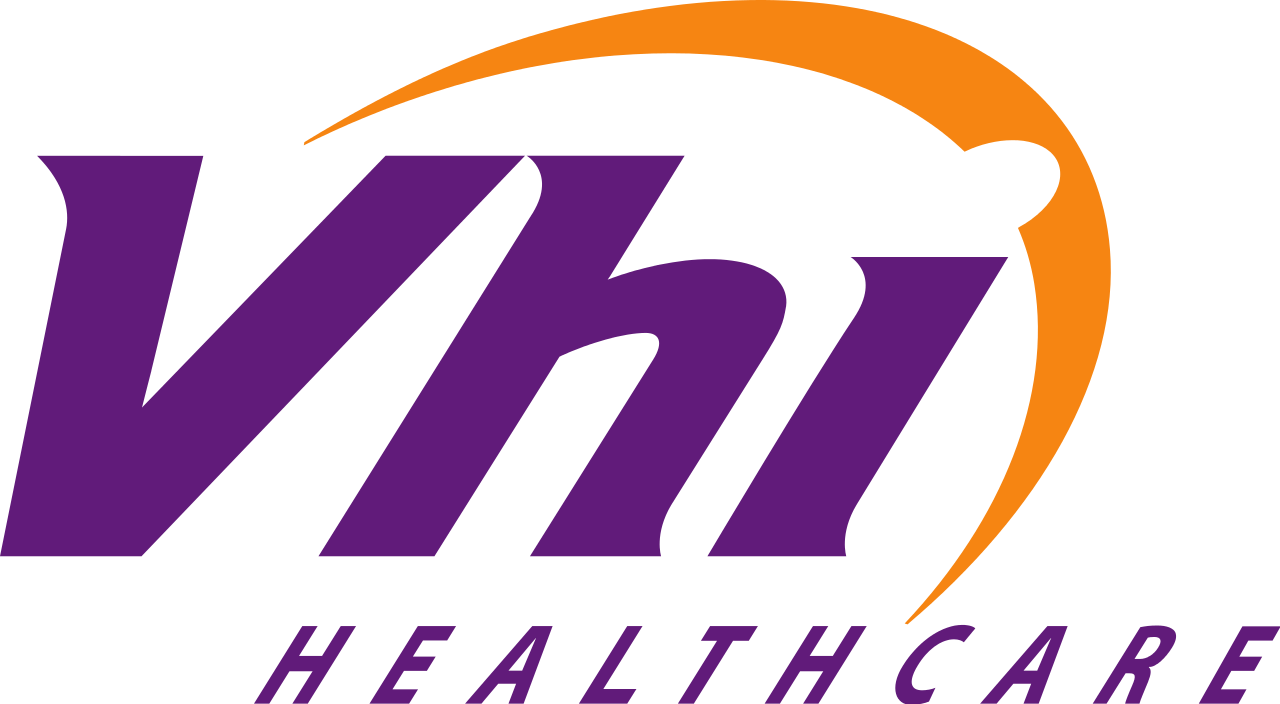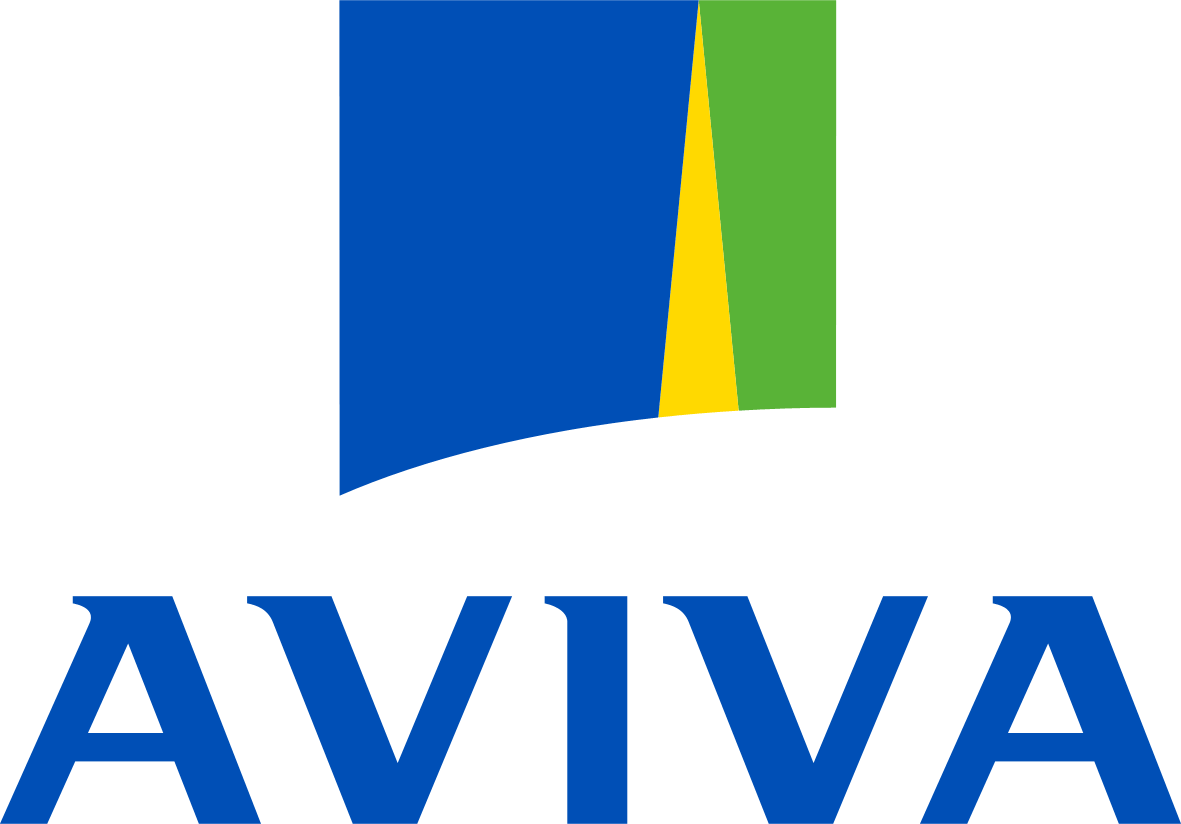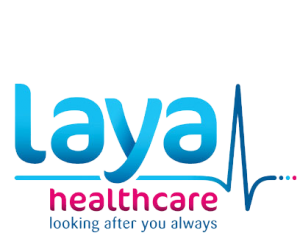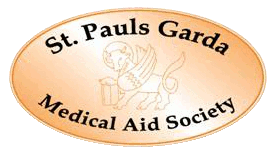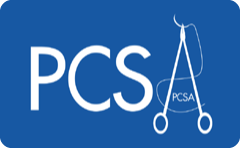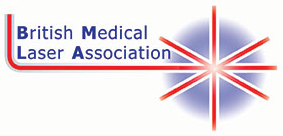 Download this information as a PDF
Download this information as a PDF
CRYOSURGERY CLINIC
1. Liquid Nitrogen Cryosurgery is an extremely effective treatment for the destruction of unwanted tissues like verrucae, warts, certain types of skin cancers and other skin growths, with minimal scar formation. Occasionally, there may be residual discoloration in the treated area. This is usually temporary, but it can take several months for the normal skin colour to return.
2. Liquid Nitrogen is extremely cold (-1960 centigrade). Its application causes rapid freezing to produce an instant and intense frostbite, the extent of which can be accurately controlled. For larger lesions your doctor may use a topical or local anaesthetic (like a dental anaesthetic) to numb the area before treatment.
3. There may be some pain or discomfort at the time of treatment and for a few hours afterwards. This seldom needs more than Paracetamol (“Panadol” or “Calpol”) or ibuprofen (“Neurofen Syrup” or “Neurofen Plus”). Paracetamol can be taken every 4 hours but not more than 4 doses in 24 hours. For severe pain take the maximum dose according to your age and alternate Paracetamol with Ibuprofen every three hours. If necessary Paracetamol and ibuprofen can be taken at the same time.
4. The treated site and surrounding skin may swell within a few minutes and a blister may develop within a few hours or a day or two later. The blister may be filled with clear or blood stained fluid. Burst the blister with a sterile pin and squeeze out the fluid. The swelling will then get smaller and a scab will form.
5. For as long as the wound is oozing, clean it daily with diluted “Savlon” or “Dettol”. Wash gently, pat dry and apply a dry dressing. Bleeding occasionally occurs and can usually be controlled by elevating the bleeding site and applying firm pressure with some padding and a firm bandage.
6. Once a scab has formed, leave open to the air. Wait for it to fall off, which it will do when the underlying skin has healed.
7. Areas frozen on the face may result in swelling of the eyelids and/or cheeks. No special treatment is required, as it always goes down in a few days.
8. Healing time after liquid nitrogen treatment varies from 2 to 6 weeks and may be longer on some parts of the body, such as the legs and feet. Wounds occasionally get infected and this may cause redness, swelling and a smelly pussy discharge, with pain that gets worse rather than better as the days post treatment pass by. If you think the wound is infected, please contact the Clinic immediately as you may need an antibiotic.
9. Areas frozen on the scalp, forehead and temples may occasionally produce a dull headache. “Panadol” is usually all that is required.
10. If you have any worries or problems following the freezing treatment, do not hesitate to contact one of the Doctors or Nurses in The Ashe Street Clinic. (See contact details above). Alternatively you can contact Dr Buckley directly on his personal mobile phone 087 2541000 (Emergencies only please on this number).



